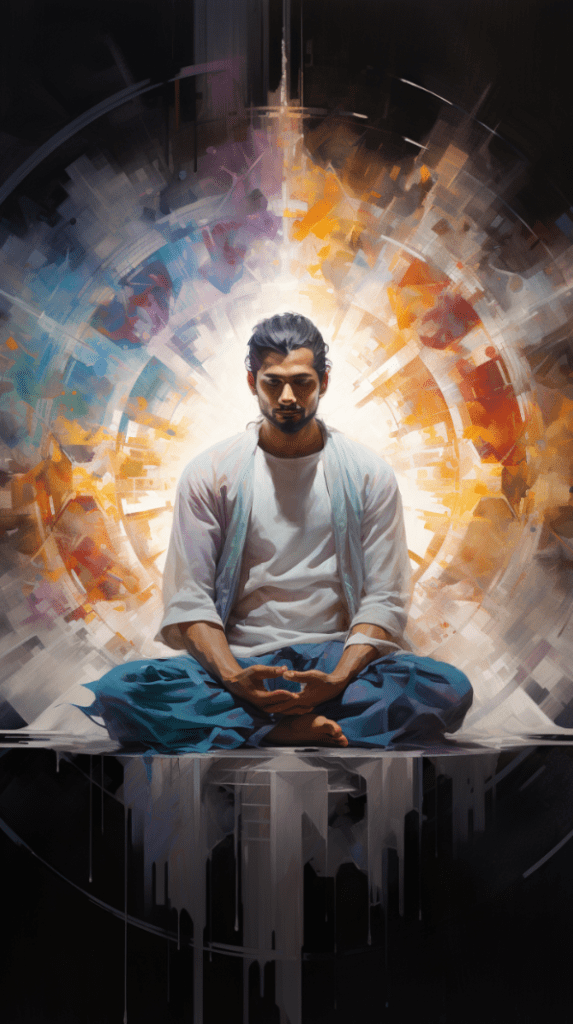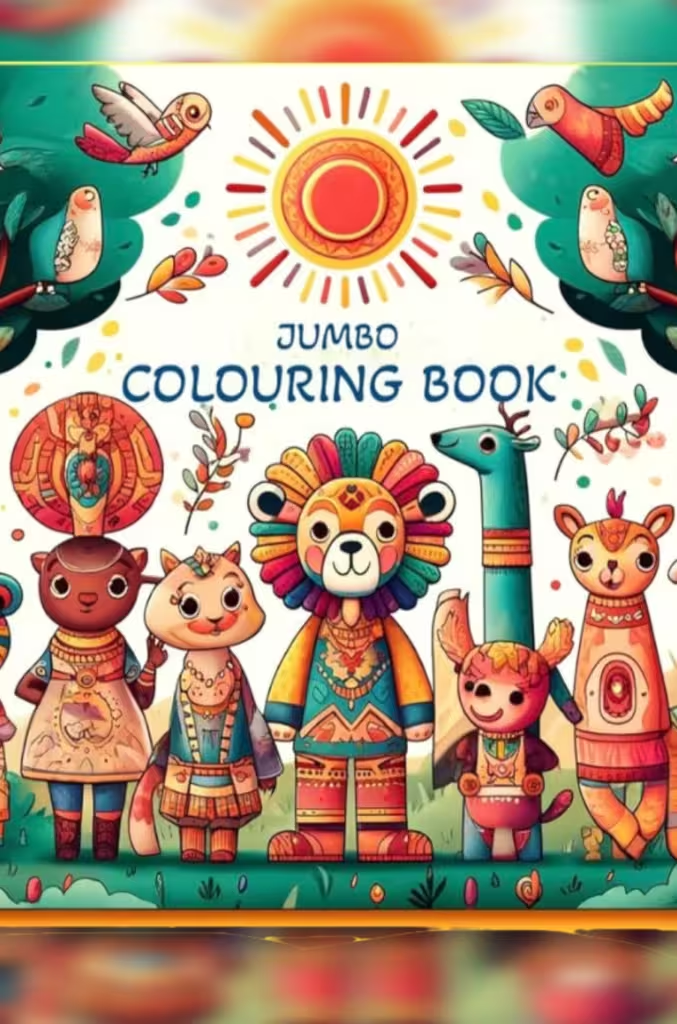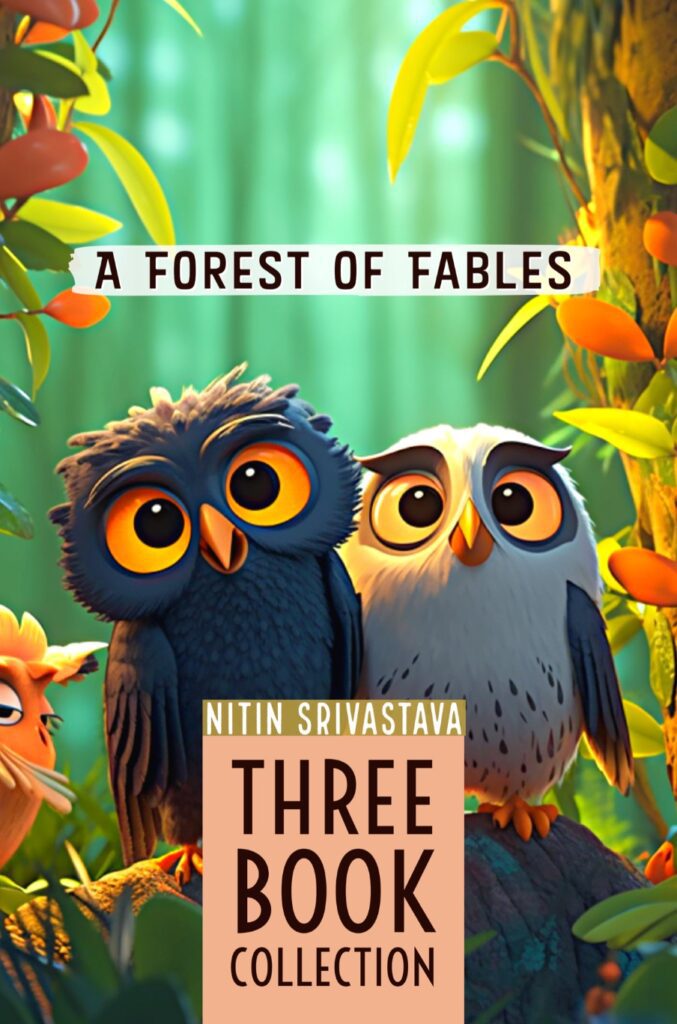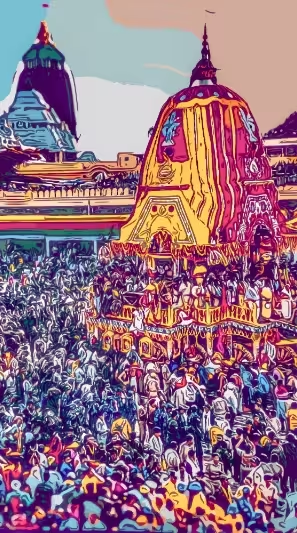
Welcome back to the journey into a world of ancient wisdom. This post follows the introduction to Sanatan Dharma; if you have not read that, we’d advise you to do it before you proceed.
Today, we are diving into the heart of Sanatan Dharma. Now, if you’ve heard of this before, you might be thinking, “Isn’t that all about gods and rituals?” But there’s much more to it. Sanatan Dharma encompasses science and philosophy in a unique blend that shaped India’s intellectual tradition. In the intellectual traditions of Sanatan Dharma, science and philosophy intermingle seamlessly, painting a vibrant picture of the scholars’ worldview.
First, let’s explore the scientific side. In ancient times, scholars studying the Vedas developed six branches of study called the “Six Angas.” These aren’t science like biology or chemistry, but they show us how our ancestors understood the world around them. The “Six Angas,” auxiliary branches of study, ensure accurate interpretation and transmission of the Vedas. These were:
- Shiksha (Phonetics): Centring on the phonetic aspects of the language, Shiksha meticulously studied the pronunciation of words, underscoring the role of sound in preserving the scriptures’ intended meaning.
- Kalpa (Ritual): The rituals and rites in the Vedas found their systematic study in Kalpa. These guidelines governed both public ceremonies (Srauta Sutras) and private ceremonies (Grihya Sutras), along with moral and legal duties (Dharma Sutras).
- Vyakaran (Grammar): The structure of words and sentences within the Vedic texts was demystified by Vyakaran, a comprehensive analysis of grammar and linguistics. The most famous work in this field is Panini’s Ashtadhyayi.
- Nirukta (Etymology): Nirukta endeavoured to understand the roots of Vedic words, thereby revealing their intricate meanings in the context of the scriptures. The main work in this field is the Nirukta by Yaska.
- Chhand (Prosody/Metre): The poetic dimension of the Vedas, the structure of verses and their rhythmic attributes found their classification in Chhand.
- Jyotish (Astronomy): Aligning the terrestrial with the celestial, Jyotish was instrumental in determining appropriate times for rituals based on the position of heavenly bodies.
Simultaneously, Sanatan Dharma is a deeply philosophical system, with its philosophical reflections organised into the “Six Darshanas”. Each system sought to comprehensively understand existence, the universe, and humanity’s role.
- Nyaya: The school of logic, Nyaya, outlined principles of logic and reasoning, providing criteria for the validity of knowledge.
- Vaisheshika: Established by sage Kanada, this philosophy shares some concepts with Nyaya but introduces unique concepts like atomism. It aims to identify and categorise the components of reality, including substance, quality, action, generality, particularity, and inherence.
Nyâya and Vaisheshika arrange all kinds of things in the world into a certain number of kinds. They then posit that a man understands all things using (1) his senses, (2) inference and analogy, and (3) by the testimony of others. Further, Nyâya and Vaisheshika explain how the world is made out of atoms in molecules. Finally, leading to the knowledge of God, who is also the inmost spirit of man.
- Sankhya: This is the oldest of the philosophies and forms the theoretical basis for Yoga. It presents a dualistic philosophy with Purusha (consciousness) and Prakriti (matter) being fundamental realities. Sânkhya: explains the nature of Purusha and Prakriti and their relation to each other.
- Yoga: This school, attributed to Patanjali and his Yoga Sutras, is closely aligned with Sankhya but includes the concept of a personal God (Isvara). It emphasises practical methods of self-realisation and mental discipline. Yoga explains that there are subtler senses and organs than the five senses and organs of action. It explains how these may be developed by men seeking to know God/their inmost spirit.
- Mimamsa (or Purva Mimamsa): Concentrating on the ritualistic and ethical duties in the Vedas, Mimamsa emphasised the power of the Vedic rituals. Further, Mimansâ explains karma, its consequences, causes and effects, and how it binds humans to this world or another.
- Vedanta (or Uttara Mimamsa): Vedânta fully tells the true nature of God or the Âtmâ and shows that the Jiva of man is an essence the same as the inmost God. Vedanta explains how a man should live so that Karma does not bind him and how he can merge with God and gain Moksha. It focuses on the philosophical teachings of the Upanishads and the Brahma Sutras. There are several sub-schools of Vedanta, including Advaita (non-dual), Dvaita (dual), and Vishishtadvaita (qualified non-dual) Vedanta.
So, there you have it, the science and philosophy of Sanatan Dharma. It’s not just about gods and rituals; it’s also about studying the world, asking big questions, and seeking answers. It’s a journey of the mind and spirit that has captivated thinkers for thousands of years.
Up Next: The One
Source: 1916; Sanatan Dharma – An Elementary Textbook of Hindu Religion & Ethics; Central Hindu College, Benaras and other secondary sources.





